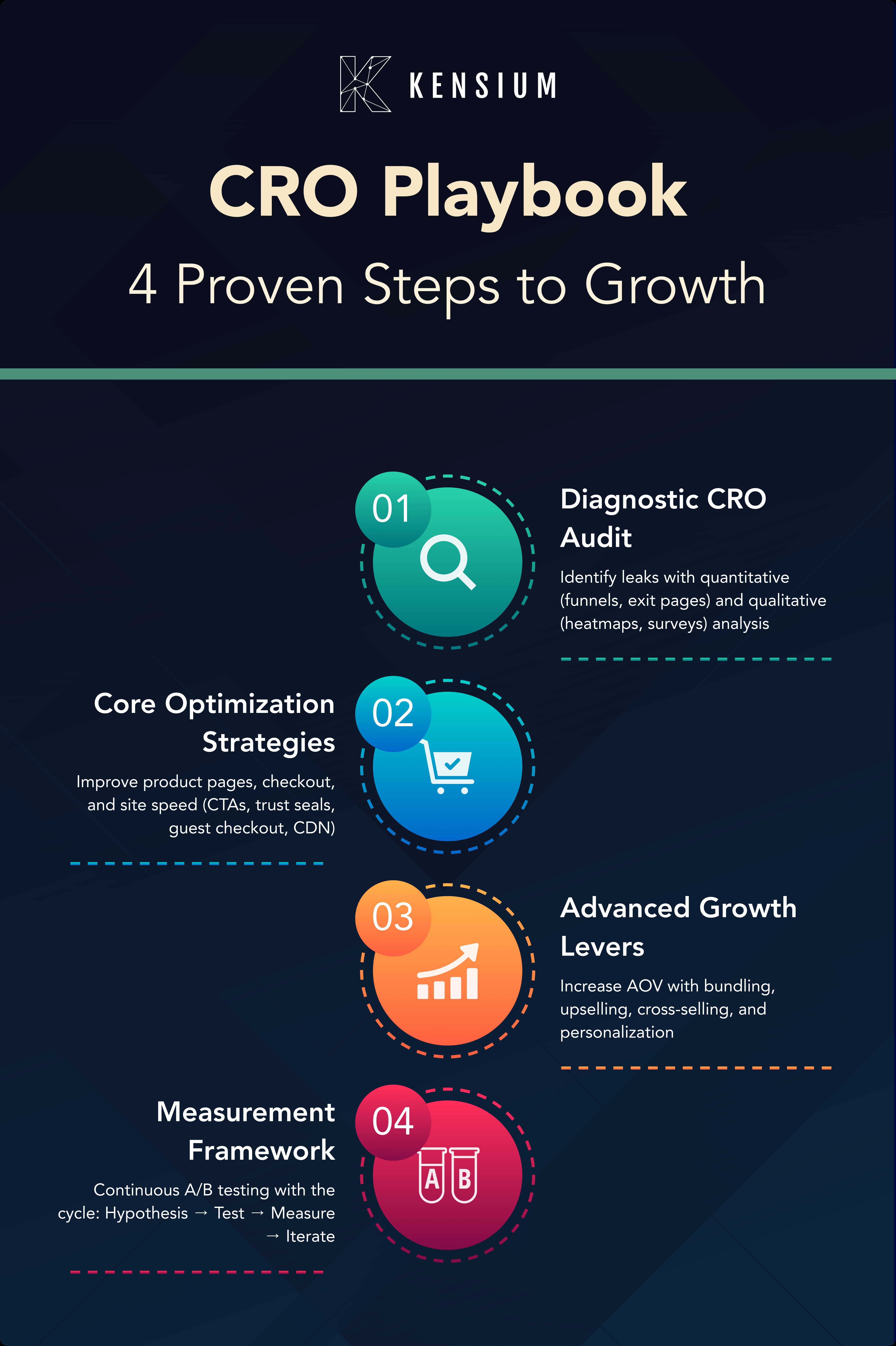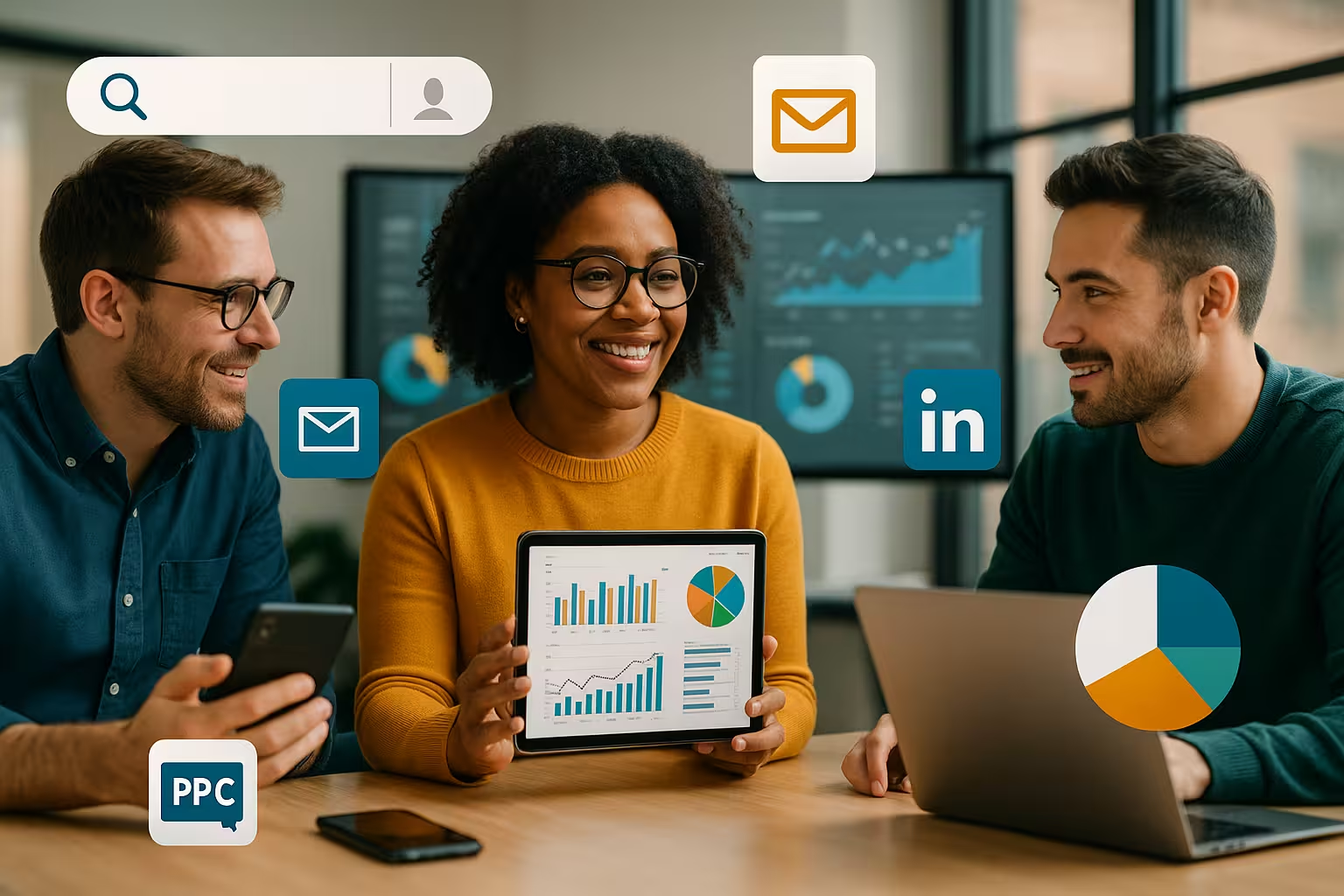
Social media is considered a key aspect of overall digital marketing success by most ecommerce businesses, both B2B and B2C. Over the last decade, I have experienced a lot of resistance from B2B companies on the value of social media (most B2C companies have made social channels their bread and butter). Although the last year has seen a 60% increase in the standard use of social media marketing, there are still many niche and B2B companies that doubt there is an opportunity for them on primary social channels like Meta. Nonetheless, stats continue to show that B2B companies need social media to remain competitive in this digital age, even for the single goal of visibility. As of 2023, there are over 4.9 billion social media users across the globe. In addition, research has shown that 75% of B2B buyers use social to make their buying decisions.
Social Media Should Be Strategic: You Don’t Need A Company Account Everywhere

The truth is, not all social media platforms will provide a measurable impact on a B2B company’s sales. For example, Tik Tok might not be the platform to push sales for industrial, medical-grade heaters or for MOQ 10,000 military-grade connectors. However, LinkedIn or Meta is a great place for niche companies to gain visibility. The success we have achieved for our B2B clients by utilizing social has inspired many of them to become social media evangelists. In the beginning, we would often be met with an eye-roll or passive-aggressive response if the term “Facebook” was uttered amidst recommendations. Now, with a proven increase in goal conversions referred from social media, these business owners are excited to discuss their content calendar. This is because once a social strategy has been launched and established, at least one social platform begins to show up consistently along their attribution paths. Once this sales channel begins to open, clients start to put more time into using their professional profiles. We often develop quick guides to assist the staff of businesses with setting up and optimizing their LinkedIn profiles.
For The Win: SEO First, Digital Ads Later
We have many clients who operate in extremely niche, B2B industries. For example, one client facilitates financing for incredibly unique and high-end real estate projects, another one focuses on large volume sales of connectors and shells within the aerospace industry, and another client sells massive pallets of turfgrass to golf courses and landscape architects. Initially, each of these clients had zero if not minimal social presence. After setting up and optimizing the channels that made the most sense for their business goals, we built out quarterly strategies and content calendars. We counseled our clients to avoid jumping to digital ad campaigns too quickly.
When launching a social presence for these niche businesses, it was important to first build credibility and implement a keyword plan that delivered positive SEO results. Few businesses know that social media also contributes to a website’s SEO strength and keyword rankings. In fact, many ecommerce businesses end up receiving derogatory marks against their overall website SEO score for either not having a social presence, or neglecting their social presence (for example, setting an account up but not posting on it).

In case you are wondering, a high SEO score equates to a site ranking higher in search results. This means more online visibility, especially to target users searching for relevant keywords. Potential customers are more likely to click over to your site and convert if your site is listed on Google’s first layer (i.e., The first page of Google search results). Users are more likely to click on top-ranking organic search results than paid ads (like those listings at the very top of Google Search that say “Sponsored.”) If your goal is to elevate your overall online presence and continually increase traffic to your site, then SEO is a critical factor.
Once your website SEO is established along with a plan for continually maintaining it, then you can dive into digital ads. The most popular digital ad platforms are Google Ads and Meta Ads (both Facebook and Instagram). Other options like LinkedIn, YouTube, or TikTok ads can also prove lucrative, depending on your target audiences, timeline, and goals.
Examples of The Power of Social Media in B2B Marketing
- Our high-end real estate financing client waited several years before approving the launch of a social media marketing strategy. Now:
- Social media is providing more consistent conversions for the business this 2023, due to economic and market trends. The client has requested that we push ads more aggressively on social, given the positive response they have received from business partners and potential clients, as well as the presence of social on the attribution path for site conversions (leads that resulted in loans).
- The business has received an increase in inquiries mentioning that the potential client saw their posts on Instagram.
- Our “Meet the Team” campaign has resulted in the business’ team being featured in MPA and other mortgage-industry publications.
- Our green industry B2B client had used social in the past, but due to changes in their team and a lack of strategy, the posting was inconsistent and the “ask” from social followers was unclear. Additionally, they had lost access to their old accounts and experienced a year without posting. Kensium created new accounts for the client with strict branding guides, a content calendar, established KPIs and benchmarks, as well as a clear strategy. The results are:
- After the first year of utilizing a social media strategy, the client saw a 360% in conversions on the site. Their target customers include golf course superintendents, landscape companies, athletic field managers, landscape architect firms, and larger-scale landscape contractors.
- There has been an increase in overall visibility, engagement, and conversions with social media posting, engagement, and advertising.
- The client is now expanding their brand to include a B2C vertical. We are leveraging their high engagement on social to help launch this new vertical.
- The client’s partners are heavily engaged on Twitter and boast an average 3% engagement rate.
- Engagement rates between 0.02% and 0.09% are considered to be good. An influencer with a good engagement rate on Twitter could expect between 0.2 - 0.9 reactions for every 1000 followers.
- Another client, a national professional beauty industry retailer, had another agency managing their social ads while an internal team member was posting and creating content. There was no cohesiveness between organic and paid content, and engagement was not being regularly managed. After implementing a stronger brand voice and identifying what content beauty professionals engage with best, our social media and digital advertising strategy resulted in:
- A 552% increase in revenue from Instagram sales alone in 2022 compared to 2021
- Contributed conversions from social media were 3% of revenue in 2021 and increased to 7% by the end of 2022
- Kensium helped increased social media overall audience by 15% while also reducing ad costs; combined Google Ads and Meta ads offered a 12:1 ROAS (return on ad spend)
Conclusion
If you need a little more than a snapshot of our client's success examples to appreciate the value of social media for B2B, here are some independent research studies from industry leaders.
- HubSpot found that companies that actively use social media for lead generation are 58% more likely to achieve their sales goals.
- LinkedIn reports that 80% of B2B leads generated through social media come from LinkedIn.
- 83% of B2B marketers use social media platforms to increase brand exposure.
- 92% of B2B buyers engage with sales professionals who are recognized as industry thought leaders.
Ready to get social? It’s easy to start with our free digital marketing audit! We will review all your online reputation channels as well as some of your competitor channels, and let you know where you stand and how to get the best results.








.png)






































